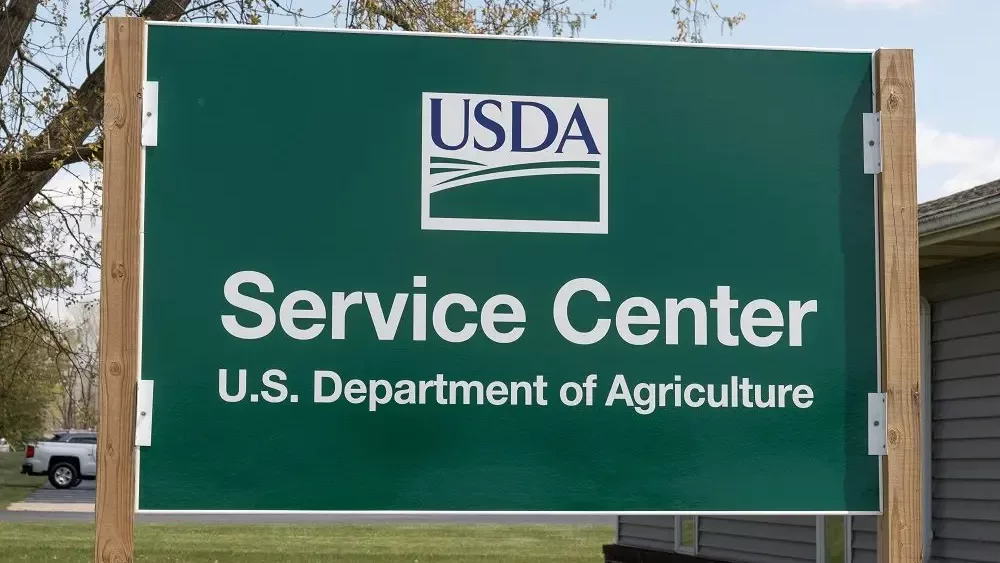
Deer hunters in a dozen northern Lower Peninsula counties are urged to turn in the heads of harvested deer to an MDNR check station or drop box for bovine tuberculosis testing this hunting season. If testing quotas aren’t met by year’s end, the USDA could reevaluate the entire state’s TB status, imperiling Michigan’s beef and dairy farmers.
“The new memorandum of understanding between USDA and Michigan requires a significant number of deer heads to be turned in for TB testing in the Modified Accredited Zone and surrounding counties,” said Ernie Birchmeier, MFB’s dairy and livestock specialist. “It is imperative that we all collaborate to achieve those goals.
“Failure to meet the requirements could cause USDA to reevaluate the TB status of the entire state of Michigan. Lowering the state’s status could lead to additional testing requirements statewide, which would be a significant challenge for our beef and dairy farmers.”
While more than 2,000 animals across the Northeastern region of the state had been tested as of Nov. 20 (current numbers are available online), it’s significantly under the MOU testing requirements.
Per the MOU, signed this past February, MDNR is required to conduct active surveillance for bovine TB in free-ranging white-tailed deer. Michigan’s Modified Accredited Zone (MAZ), which includes Alcona, Alpena, Montmorency and Oscoda counties, is required to test 2,800 deer annually.
As of Nov. 20, only 1,220 deer — just 43.6% of the number required — had been tested collectively in the MAZ.
New annual testing quotas are also required for the seven counties surrounding the MAZ including 500 free-ranging deer in Presque Isle County, and 300 each in Cheboygan, Crawford, Iosco, Ogemaw, Otsego and Roscommon for a combined total of 2,300 deer.
Thus far only 798 deer had been tested in those counties — less than 35% of the number required in the USDA/MDARD agreement.
“It’s imperative we hit those testing quota numbers,” Birchmeier said. “Harvesting a large number of deer and getting the heads tested for TB can help reduce the overall population in areas that have a significant number of deer and we can help to prove to USDA that we are containing the disease and working to eliminate it.”
“Sixty percent of deer that test positive show no signs of the disease, so testing is important,” said Emily Sewell, DNR wildlife health specialist. “It’s important that hunters take precautions like wearing latex or rubber gloves when field dressing. If they notice any lesions on the lungs or in the chest cavity, they should avoid cutting into the lesions and bring the deer to a check station.”
Check station and drop box locations are listed below and online at Michigan.gov/DeerCheck.
For more information visit Michigan.gov/BovineTB or contact Sewell or Birchmeier directly.





